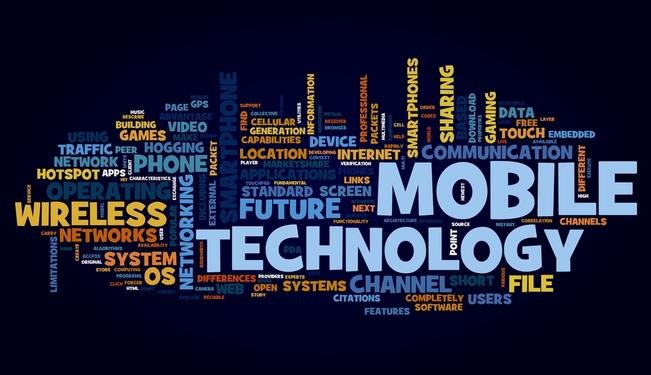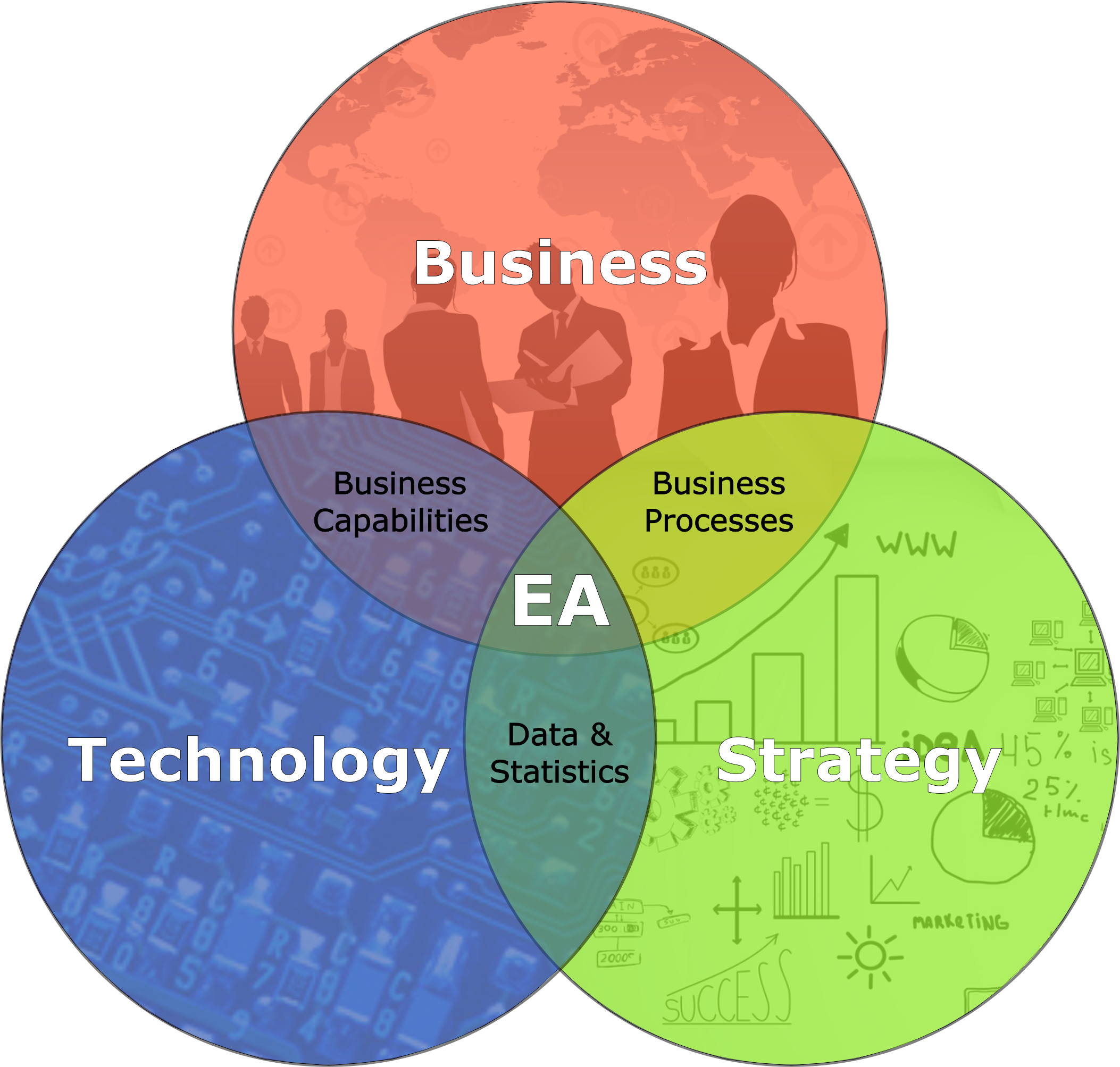The Enterprise Technology Architecture, Part 1
Back in EA871, we were introduced to the concept of Enterprise Architecture and how it holistically links strategy, business and technology together. I’ve frequently described the Masters program to my friends and associates as the combination of IT, an MBA program and Project Management.
EA has been defined by various technology organizations as:
- Gartner – Enterprise architecture is a discipline for proactively and holistically leading enterprise responses to disruptive forces by identifying and analyzing the execution of change toward desired business vision and outcomes. EA delivers value by presenting business and IT leaders with signature-ready recommendations for adjusting policies and projects to achieve target business outcomes that capitalize on relevant business disruptions. (http://www.gartner.com/it-glossary/enterprise-architecture-ea/)
- MIT Center for Information Systems Research – The organizing logic for business processes and IT infrastructure reflecting the integration and standardization requirements of the firm’s operating model. (http://cisr.mit.edu/research/research-overview/classic-topics/enterprise-architecture/)
- Microsoft – An enterprise architecture is a conceptual tool that assists organizations with the understanding of their own structure and the way they work. It provides a map of the enterprise and is a route planner for business and technology change. (https://msdn.microsoft.com/en-us/library/ms978007.aspx)
For me, the easiest way to describe EA is the intersection of Business, Strategy and Technology:
We’ve talked about various aspects of the strategies of EA, but now let’s talk about the Technology. What do we actually mean by technology architecture? Michael Platt, senior engineer at Microsoft defined it within the framework of Enterprise Architecture:
A technology architecture is the architecture of the hardware and software infrastructure that supports the organization and implements the operational (or non functional) requirements, particularly the application and information architectures of the organization. It describes the structure and inter-relationships of the technologies used, and how those technologies support the operational requirements of the organization.
A good technology architecture can provide security, availability, and reliability, and can support a variety of other operational requirements, but if the application is not designed to take advantage of the characteristics of the technology architecture, it can still perform poorly or be difficult to deploy and operate. Similarly, a well-designed application structure that matches business process requirements precisely—and has been constructed from reusable software components using the latest technology—may map poorly to an actual technology configuration, with servers inappropriately configured to support the application components and network hardware settings unable to support information flow. This shows that there is a relationship between the application architecture and the technology architecture: a good technology architecture is built to support the specific applications vital to the organization; a good application architecture leverages the technology architecture to deliver consistent performance across operational requirements. (Platt, 2002)
In other words, it’s not the hardware or software themselves, but the underlying system framework. In the same way that EA provides standards and guidelines for technology in business, the Enterprise Technology Architecture (ETA) focuses on standards and guidelines for the specific technologies used within the enterprise. Gartner defines ETA as “the enterprise technology architecture (ETA) viewpoint defines reusable standards, guidelines, individual parts and configurations that are technology-related (technical domains). ETA defines how these should be reused to provide infrastructure services via technical domains.”
So ETA is a formalized set of hardware & software, which meets various business objectives and goals, and includes the various standards and guidelines that govern the acquisition, preparation and use of said hardware and software. These can be servers, middle-ware, products, services, procedures and even policies. To be clear, ETA is not the same as System Architecture. System Architecture deals with specific applications and data, along with the business processes which they support. ETA is the technological framework which supports and enables those application and data services.
References:
Platt, M. (2002). Microsoft Architecture Overview. Retrieved from https://msdn.microsoft.com/en-us/library/ms978007.aspx

